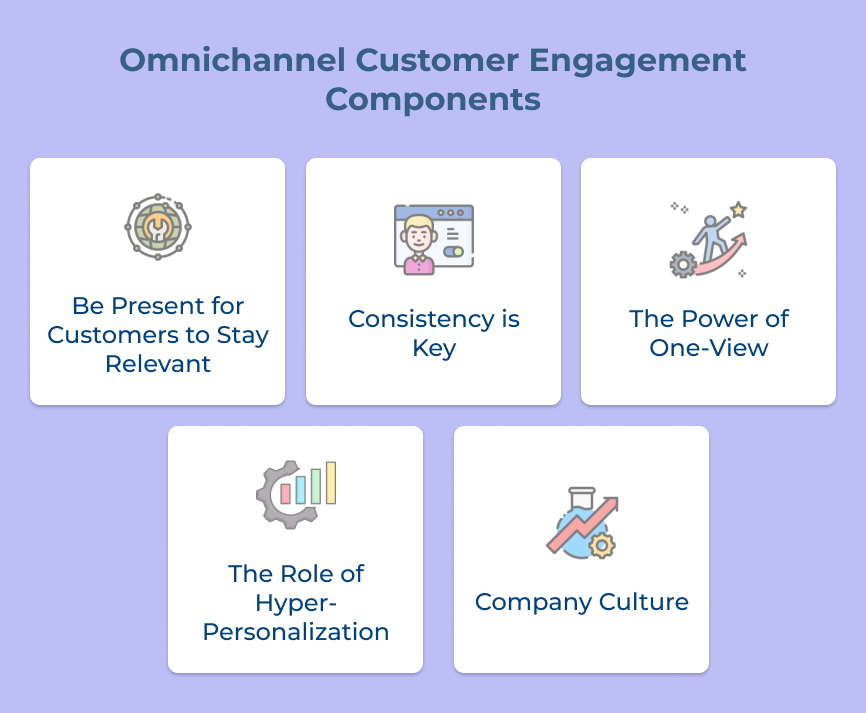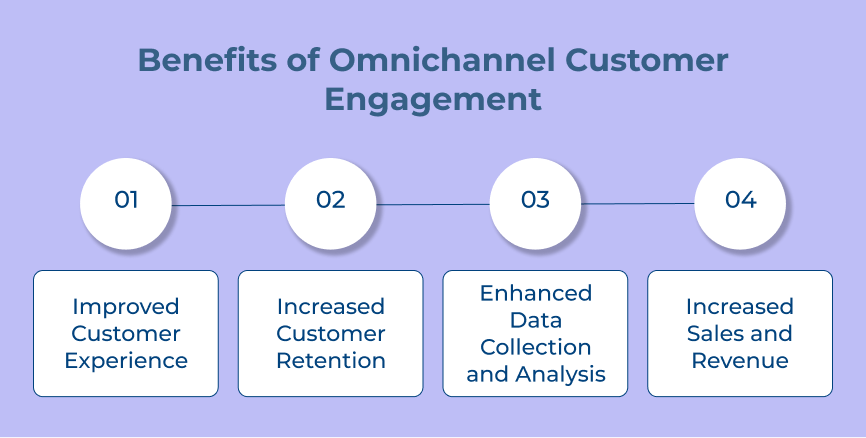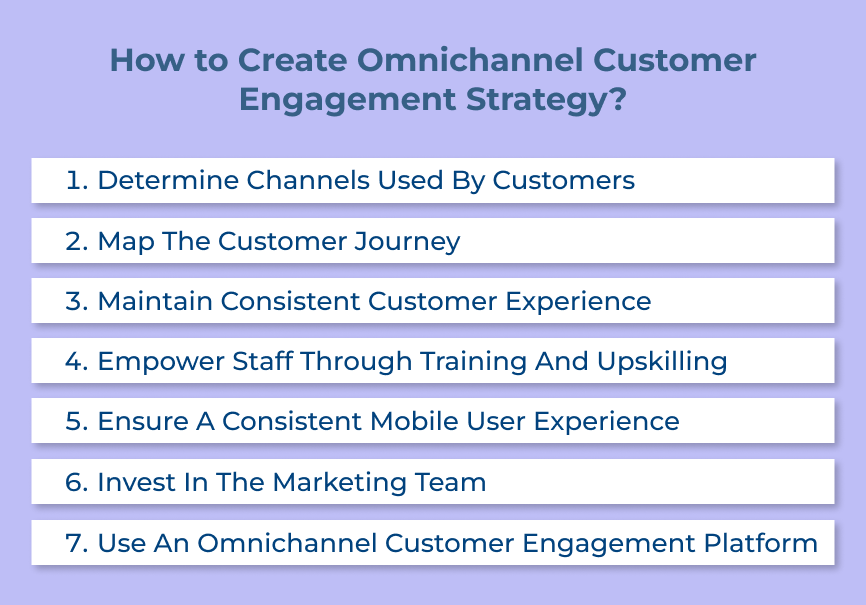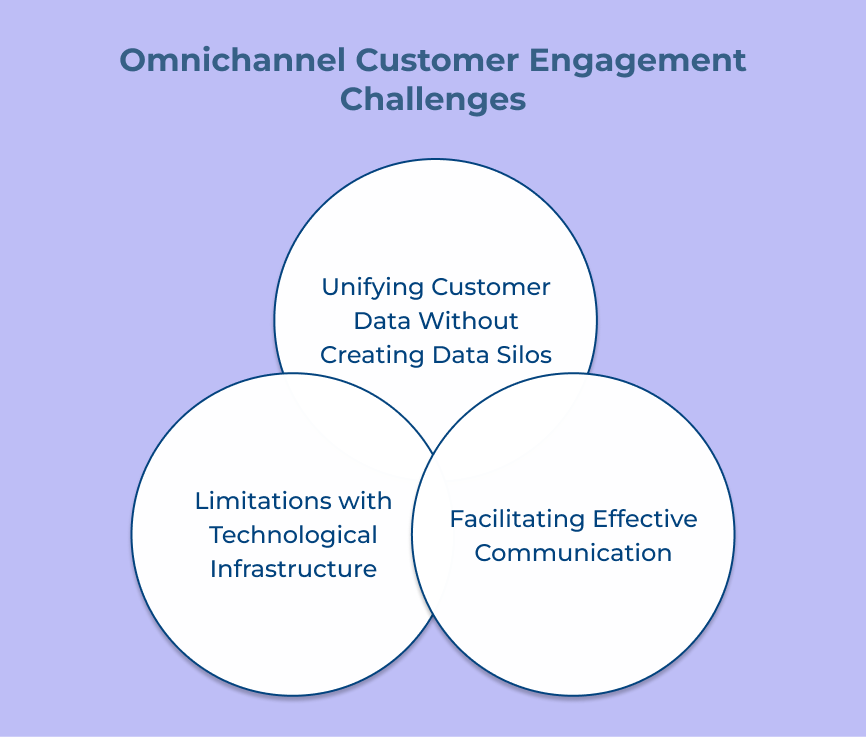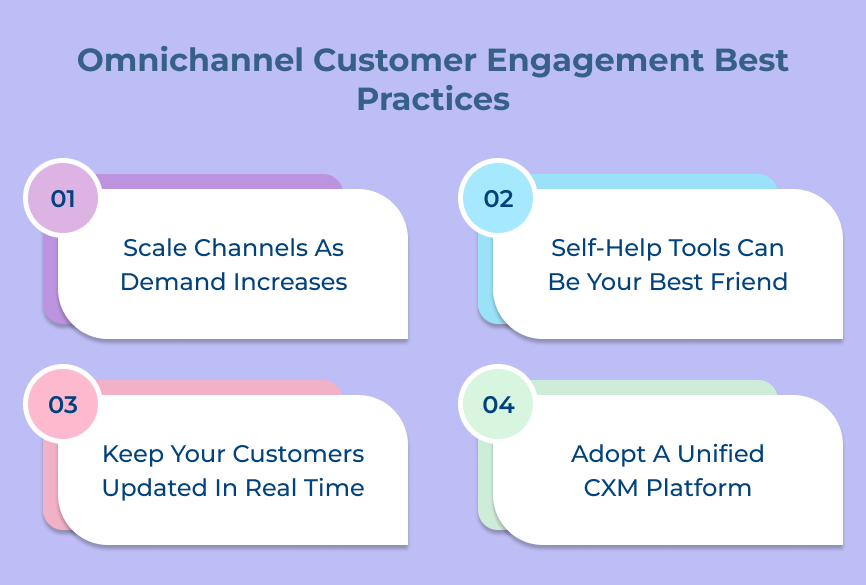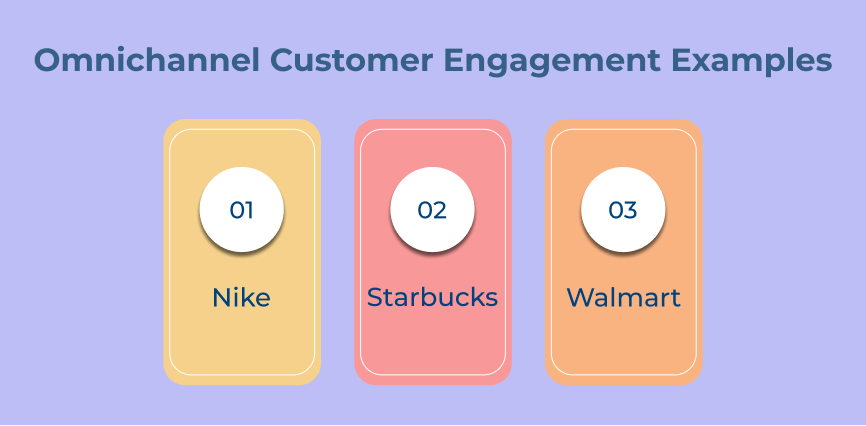1. Determine the Preferred Channels Used by Customers
When developing an omnichannel customer engagement strategy, one crucial step is to determine the preferred channels used by customers. It is essential in creating a seamless experience for customers across all touchpoints. Understanding the preferred channels used by customers can help tailor the marketing efforts.
Let’s assume that a customer prefers to communicate via social media messaging. A business can have a strong presence on platforms like Facebook and provide responsive support.
Pro tips:
- Conduct customer surveys or interviews to gather direct feedback on preferred communication channels.
- Analyze customer data and behavior to identify which channels customers are most active on.
- Monitor social media to see where customers are sharing feedback and engaging with the brand.
2. Map the Customer Journey to Enhance their Experience
Creating a successful omnichannel customer engagement strategy requires a deep understanding of customer expectations. It is important to map the customer journey to gain insights into how customers interact with your brand across all channels.
Businesses can identify touchpoints and potential pain points in the customer experience by mapping the customer journey. It can help optimize the customer experience and ensure a seamless transition between channels. Let’s consider that a customer browses products on the mobile app and switches to a desktop for purchase. It is crucial to ensure a consistent experience across both platforms.
Pro tips:
- Gather feedback through surveys, interviews and social listening to understand how customers perceive their interactions with your brand. It will provide valuable insights into their expectations and preferences.
- Utilize data tracking tools to monitor customer behavior across different channels and touchpoints. It will help you identify patterns, trends and areas where customers may be dropping off or facing challenges.
- Customer journey mapping should involve input from various teams, such as marketing, sales, customer service and product development.
3. Maintain Consistent Customer Experience Across Channels
Developing a strong omnichannel strategy is crucial for businesses aiming to offer a seamless customer experience. One key step is to ensure unified messaging and consistent customer experience across all channels. 79% of customers expect consistent interactions across channels.
Customers will have a cohesive experience regardless of how they interact with your brand, leading to a stronger connection. Let’s take an example, a customer sees a promotion on social media. They should find the same deal easily, whether online or in-store, with consistent messaging and pricing.
Pro tips:
- Develop a comprehensive brand style guide that outlines messaging, tone and visual elements to ensure consistency across all channels.
- Use marketing automation tools to streamline communication and ensure that all messages are synchronized.
- Regularly monitor customer feedback to make adjustments to messaging and customer experience accordingly.
4. Empower Staff through Training and Upskilling
Empowering your staff through training and upskilling is a crucial step in creating a successful omnichannel engagement strategy. Invest in developing your team’s skills to effectively engage customers across multiple channels.
Providing training on how to use customer relationship management (CRM) software can help your staff better track customer interactions. It allows them to personalize and tailor their engagement strategies. Upskilling your team on social media marketing techniques can also help them engage with customers on platforms like Facebook, Twitter and Instagram.
Pro tips:
- Schedule regular training sessions to ensure your staff stays up to date on the latest trends in digital marketing and customer engagement.
- Encourage your employees to attend workshops, webinars, or conferences to broaden their knowledge base and enhance their skills.
- Pair less experienced employees with more seasoned professionals to provide guidance and support in their professional development.
5. Ensure a Consistent Mobile User Experience
Ensuring a fluid and consistent mobile user experience is a crucial step in creating a successful omnichannel customer engagement strategy. It is important to provide a seamless experience, especially on mobile devices. A consistent mobile user experience helps to create a cohesive brand image and enhances customer satisfaction.
Let’s assume that a clothing retailer with a mobile app offers a user-friendly interface and personalized recommendations. It can provide a seamless experience for customers whether they are shopping online, in-store, or on their mobile device.
Pro tips:
- Invest in responsive web design to ensure that their website is optimized for mobile devices.
- Utilize push notifications and personalized messaging to engage customers on their mobile devices.
- Implement mobile-friendly payment options, such as mobile wallets, to streamline the checkout process for mobile users.
6. Invest in the Marketing Team
Investing in your marketing team is a crucial step to creating a successful omnichannel customer engagement strategy. The marketing team plays a key role in developing and implementing effective marketing campaigns. Investing in your team can ensure that they have the skills, resources and support needed to execute successful strategies.
Let’s consider that a company invests in training and development opportunities for its marketing team. The team will be equipped to understand and leverage the latest marketing techniques to reach customers on multiple platforms.
Pro tips:
- Offer opportunities for your team to attend workshops, seminars and online courses to stay up-to-date on the latest trends in digital marketing.
- Promote a collaborative environment where team members can share ideas, feedback and insights to enhance the effectiveness of campaigns.
- Provide your team with access to the necessary tools, such as marketing automation software and analytics platforms.
7. Use an Omnichannel Customer Engagement Platform
One important step is to use an omnichannel engagement platform to create a successful omnichannel engagement strategy. The platform allows businesses to seamlessly integrate all of their communication channels into one cohesive system. It ensures that customers have a consistent experience no matter how they choose to interact with the brand.
Various platforms range from basic integration systems to advanced ones using AI for analyzing customer data and delivering personalized content.
One example of an engagement platform is Intercom. It offers a suite of tools for businesses to engage with customers across multiple channels.
Pro tips:
- Ensure that all communication channels are seamlessly integrated into the platform to provide a unified experience for customers.
- Use data analytics to tailor interactions and deliver personalized content to customers.
- Regularly monitor customer engagement metrics to identify trends and make data-driven decisions to improve the omnichannel customer experience.
Omnichannel Customer Engagement Challenges
Following are the common hurdles businesses face in achieving true omnichannel engagement and offer insights on how to overcome them.






